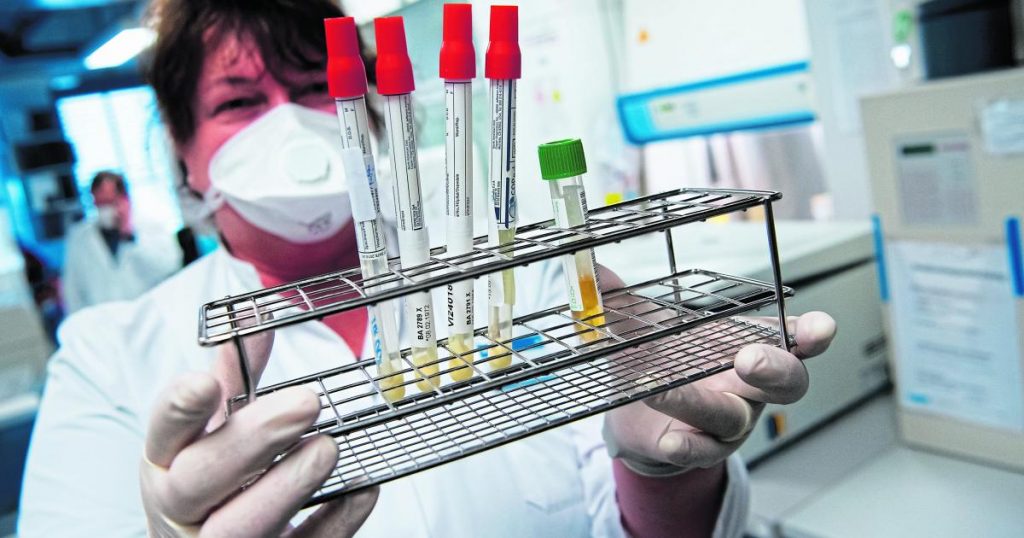What is real?
In a PCR (polymerase chain reaction) test, a throat swab or gargle is looked for the genes (RNA) of the SARS-CoV-2 virus. Using the polymerase chain reaction process, these virus particles – if present – replicate and thus can be detected. This shows whether the virus is present in the body or not.
PCR testing usually detects an infection two to three days before symptoms appear. The test also works for infected people who don’t show any symptoms. They can be positive for up to 20 days, in individual cases up to 60 days after symptoms of Covid-19 develop. However, the PCR test does not show that the person in question is contagious for a long time, only that the substance of the OB virus is present in the body. So the decisive factor is the Ct value, which shows how many viral substances are present.
How do you read the value of Ct?
The PCR test result is obtained as a Ct value. Ct stands for “cycle threshold” and means the number of PCR cycles completed. The value of CT allows to draw conclusions about the amount of virus substance present. A low value means that there was a lot of starting material, i.e. it took a few PCR cycles to detect the virus. For example, if the CT value is 20, this means that it took 20 cycles to be able to image the virus material.
With a Ct value of 30, there is less viral material than a Ct value of 20. The PCR cycle had to be run more often, that is, 30 cycles. The longer these cycles of transcription are necessary to obtain a positive test result, the less virus will be in the original sample.
Ct values greater than 30 indicate a low virus concentration. What the Ct value does not provide information about is when a person is injured. For example, a person may be positive for a long time. With a Ct value of 35, for example, a person could have been infected two weeks ago and the amount of virus at the time of testing is lower than in previous days. But it can also be the case that the person was infected yesterday and the amount of virus is still low, but increases in the next hours or days and the person becomes more contagious. So it is also important to know if this is the initial test or not.
glimpse
So the PCR test is a snapshot and says nothing about how long a person has been infected or how infected they are before or after the time of the test. It should also be taken into account that there is a time lag between taking a sample and receiving the lab result, usually 12 to 24 hours.
What is true of FPÖ Secretary General Michael Schnedlitz is that Hafenecker had a “poor positive PCR result” during the initial test – this is how Ct values greater than 30 are determined. However, this does not mean that he cannot be infectious in a committee U. The amount of virus in the body may have increased significantly.
For this reason, people with mild symptoms can only be released from quarantine if:
- It has been at least 14 days since symptoms appeared and you have not had any symptoms for at least 48 hours or
- At least ten days after onset of symptoms and at least 48 hours without symptoms and a negative PCR test or a Ct value greater than 30.
This is stated in the “health authorities’ recommendation to release Covid-19 cases from isolation” from the Ministry of Health.

“Total coffee aficionado. Travel buff. Music ninja. Bacon nerd. Beeraholic.”








More Stories
Coral Seeding: Artificial Insemination Makes Coral More Heat Tolerant
Fear, Anger, and Denial: How People Respond to Climate Change – Research
LKH Graz: Using radiation to combat heart arrhythmias